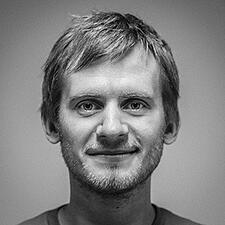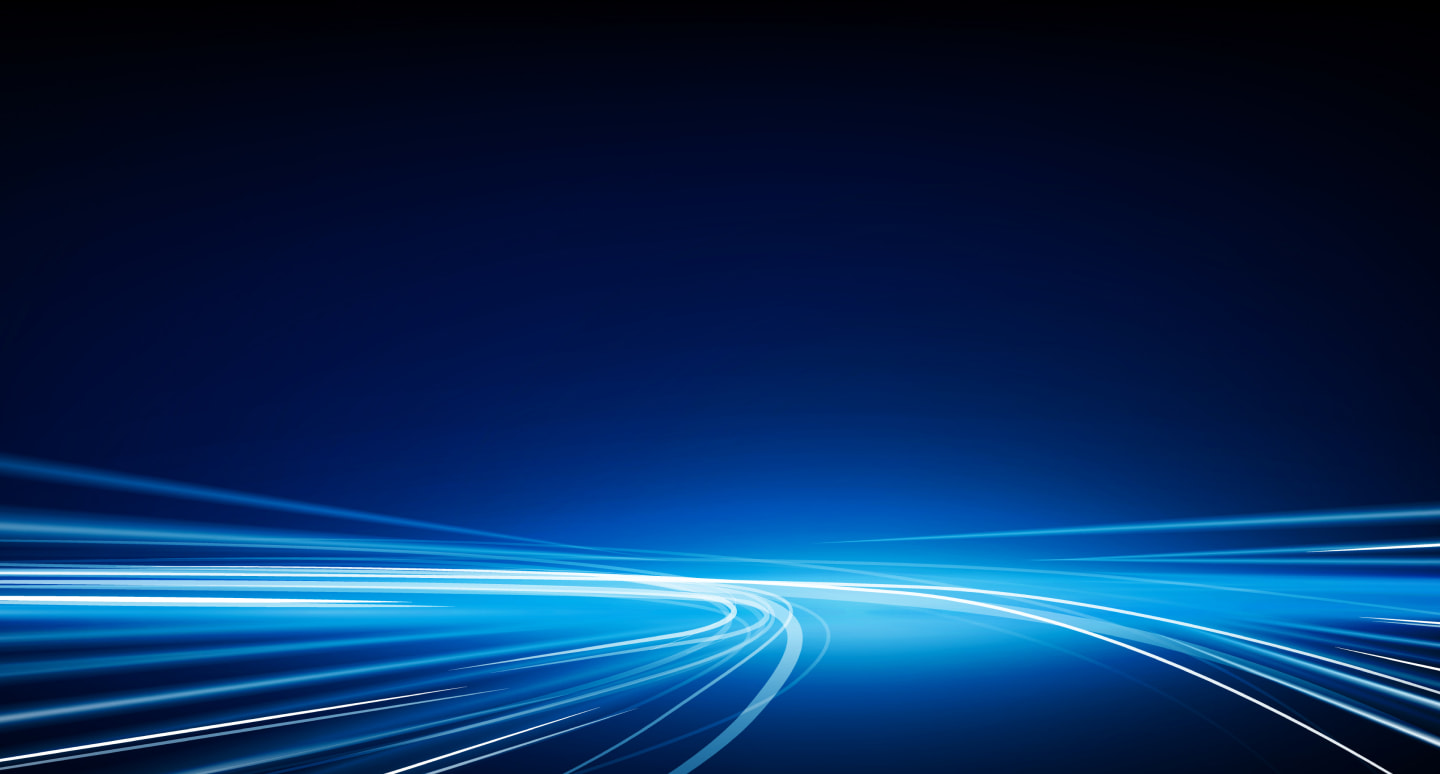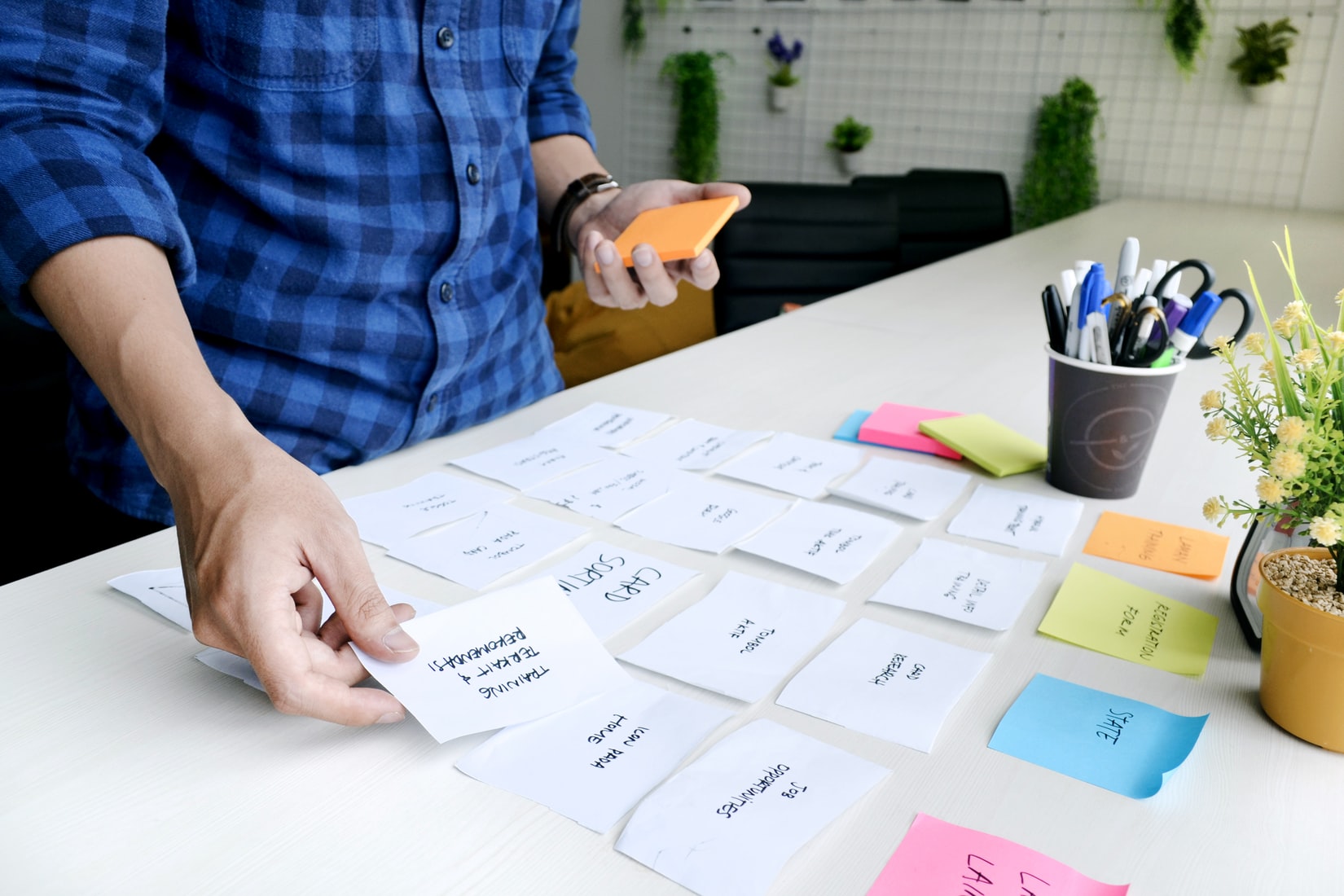Product Design vs. Product Development




In the context of building a new technology product, people sometimes use the words “product design” and “product development” interchangeably. While these two disciplines—and the professionals who work in them—have a lot in common, there are also important differences. In this post, we’ll explain how they differ and why each one is important for designing and developing a new technology product.
To see how product design and development are similar—but not the same—let’s take a look at the definitions of both product design and product development.
Product designers typically work to create ideas and concepts for a technology product. In many cases, product designers are the first people clients meet with when they approach an agency with an idea.
Depending on the project, this might involve sketches, modeling, or CAD drawings. Product designers have the ability to listen to a client’s wants and goals and create a vision for the product.
Product developers take the concept the product design team comes up with and executes it to create a finished product. This execution often includes both non-functional clickable and functional prototypes that allow users to test the product and offer valuable feedback. Examples of product development range from creating medical equipment, electronics, kitchen appliances, to even jewelry.
In some smaller agencies, designers and developers may take on roles and functions from each other’s areas of expertise. They might also move in and out of both roles as the agency grows. In other agencies, designers and developers have clearly defined roles with little overlap.
Whether an agency’s designers and developers are integrated or mostly separate, it’s critical for them to work as a team. Developing a new technology product is a collaborative effort, which is why it’s important for everyone to work together. The most successful projects tend to have these traits:
Product design conceptualizes and plans the aesthetics and functionalities of a product, serving as its blueprint. Product development transforms these designs into tangible, market-ready items through execution, testing, and refinement. Together, product design and product development ensure products are both visually appealing and functional, aligning with company objectives and market demands.
So what does it look like when product design and product development come together to make a client’s vision a reality? Agencies have different strategies and processes, but a solid product design and development process will include the following:
In the strategy workshop, designers and developers should meet with the client to take the client’s idea and create a product roadmap. The end result is an action plan that spells out the value proposition, target market, business model, and goals. An experienced team can accomplish this phase in as little as one day.
The design sprint stage can be an exciting one for clients, as it takes a software, app, or other tech idea and launches it from paper to prototype. In the tech space, this usually means a non-functional yet clickable prototype you can see and test. The design sprint averages five days with an experienced team of designers and developers.
Minimum viable product (MVP) development refers to taking the non-functional prototype and turning it into a functional version with live core features that real users can test. To keep costs down for the client—particularly startups—design and development teams typically build out just the minimum amount of features needed to do testing with early adopters. Then, based on the results of the testing, clients can work with the team to decide which features are priorities.
MVP development lets the team gather feedback before the product goes live, giving the client and development team an opportunity to make any needed changes. An experienced Agile team can accomplish this stage somewhere between four and eight weeks depending on the size and scope of the project.
Product design and development doesn’t stop with the launch. Good tech products adapt and evolve according to the user experience. This is where product management comes in.
Working with your original design and development team in the product management phase gives you an edge, as they know the product inside and out. As your business grows, you can pull on user feedback to refine your tech product, add important features, and perform regular maintenance that ensures your users always have an optimal experience.
Why should you work with Belighted? Give us 20 minutes and we’ll show you why. If you’re not convinced, you’re free to take our expert analysis to another design and development team. However, we’re confident you’ll love what you see. We make better software products faster. Let’s work together to take your ideas from paper to product.